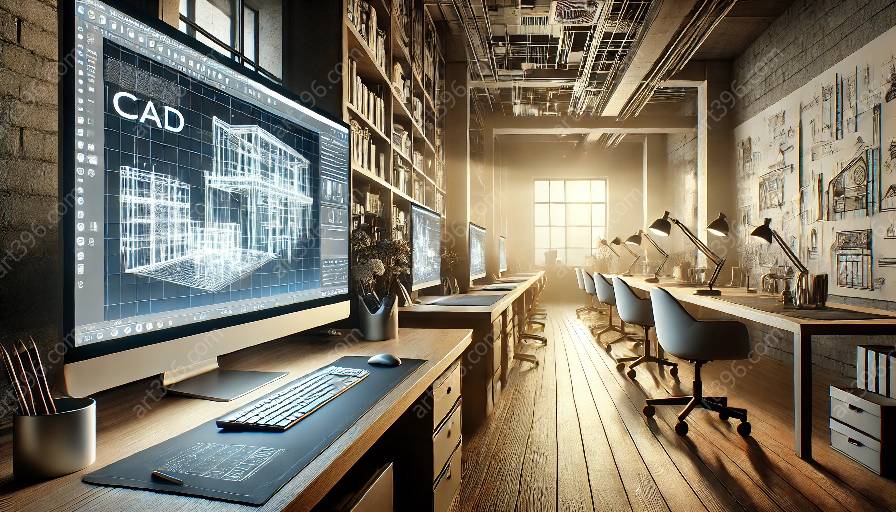Computer-aided design (CAD) technology has transformed architectural design practices, redefining the way architects conceptualize, visualize, and construct buildings. As the architecture industry continues to evolve, several emerging trends in CAD technology are significantly influencing architectural design, revolutionizing the way buildings are designed, analyzed, and developed.
The Impact of CAD Technology on Architectural Design:
Before delving into the emerging trends, it’s important to understand the fundamental influence of CAD technology on architectural design. CAD has revolutionized the design process, enabling architects to create accurate, detailed, and dynamic 2D and 3D models of their designs. This has fostered greater precision, efficiency, and flexibility in the architectural design process, allowing for better collaboration, analysis, and visualization.
Emerging CAD Technology Trends:
- Parametric Design: Parametric design, facilitated by CAD software, allows architects to create complex, adaptable designs by establishing relationships between various design parameters. This trend empowers architects to efficiently explore multiple design iterations and tweak design elements, leading to more innovative and optimized architectural solutions.
- Generative Design: Generative design, a cutting-edge CAD trend, involves using algorithms to generate and evaluate numerous design options based on specified criteria. This approach enables architects to leverage computational power to explore creative design alternatives and generate solutions that are optimized for performance, sustainability, and aesthetic appeal.
- BIM (Building Information Modeling): BIM has emerged as a cornerstone of modern architectural design practices. Integrating CAD technology with BIM enables architects to create intelligent 3D models that encompass not only the physical aspects of a building but also its functional and behavioral characteristics. This holistic approach streamlines collaboration, enhances project coordination, and facilitates efficient facility management.
Integration of Advanced Visualization Techniques:
With the advancement of CAD technology, architects are incorporating advanced visualization techniques, such as virtual reality (VR) and augmented reality (AR), into their design processes. These technologies enable stakeholders to immerse themselves in virtual architectural environments, facilitating better communication, comprehension, and decision-making throughout the design and construction phases.
Enhanced Performance Simulation:
Emerging CAD tools now offer sophisticated performance simulation capabilities, allowing architects to assess various aspects of building performance, including energy efficiency, daylighting, acoustics, and structural integrity. By simulating and analyzing these factors during the design phase, architects can optimize building performance, minimize environmental impact, and meet sustainability goals.
Adoption of AI and Machine Learning:
The integration of artificial intelligence (AI) and machine learning into CAD software is revolutionizing architectural design practices. AI-powered tools can automate repetitive tasks, analyze large datasets, and even suggest design solutions based on historical data, empowering architects to focus on more creative and strategic aspects of the design process.
Challenges and Opportunities:
While these emerging trends in CAD technology offer significant opportunities for architectural innovation, they also present challenges, including the need for specialized skill sets, interoperability issues, and data security concerns. Nevertheless, embracing these trends can enable architectural firms to differentiate themselves, deliver superior design solutions, and drive impactful changes in the built environment.
Conclusion:
The rapid evolution of CAD technology continues to shape and redefine architectural design practices, offering architects unprecedented tools and methodologies to create sustainable, efficient, and aesthetically captivating buildings. Understanding and leveraging these emerging CAD trends is crucial for architects and architectural firms looking to stay at the forefront of innovation and design excellence in the dynamic realm of architecture.

















































































